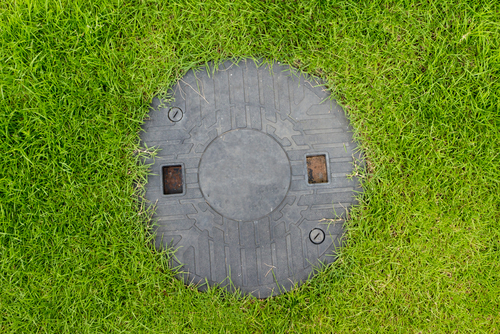How Does a Septic Tank Work?
Septic tanks are essential for homes that are not connected to a public sewer system. They are a crucial part of the wastewater treatment process for these homes. But how exactly does a septic tank work? In this blog, we will delve into the inner workings of a septic tank and explore the processes that take place within it.
1. Introduction to Septic Tanks
Septic tanks are underground wastewater treatment systems that are commonly used in rural areas or homes that are not connected to a public sewer system. These tanks are made from a variety of materials, such as concrete, fiberglass, or plastic, and come in different shapes and sizes depending on the needs of the household.
2. The Role of a Septic Tank
The primary function of a septic tank is to treat wastewater from the household before releasing it back into the environment. When wastewater enters the tank, the solid waste settles to the bottom, while the liquid component flows into the drainage field or leach field for further treatment. The tank helps to separate the solid waste from the liquid, allowing for the efficient treatment of wastewater.
3. The Anaerobic Process
The treatment process within a septic tank is anaerobic, meaning that it takes place in the absence of oxygen. This process involves the breakdown of organic matter in the wastewater by bacteria that thrive in oxygen-deprived environments. These bacteria break down the organic matter into simpler compounds, such as carbon dioxide and methane, which are released into the environment.
4. Solid Waste Decomposition
As solid waste settles to the bottom of the tank, it undergoes a process of decomposition by anaerobic bacteria. These bacteria break down the solid waste into simpler compounds, such as sludge, which accumulates at the bottom of the tank. Over time, the sludge can build up and need to be removed through regular pumping of the tank.
5. Liquid Waste Treatment
The liquid component of the wastewater, known as effluent, flows out of the septic tank into the drainage field for further treatment. The drainage field consists of perforated pipes buried in gravel or sand, which allow the effluent to slowly percolate into the soil. As the effluent passes through the soil, it undergoes further treatment by beneficial bacteria and organisms, which help to remove any remaining contaminants.
6. Maintenance and Upkeep
To ensure the proper functioning of a septic tank, regular maintenance and upkeep are essential. This includes regular pumping of the tank to remove accumulated sludge, as well as monitoring the levels of scum (floating layer of solids) and effluent within the tank. Additionally, avoiding the flushing of harmful substances, such as grease, chemicals, or non-biodegradable materials, can prevent clogging and damage to the tank.
7. Signs of Septic Tank Issues
There are several signs that may indicate problems with a septic tank, such as slow draining sinks or toilets, foul odors coming from drains or the yard, or soggy areas in the drainage field. If any of these signs are present, it is important to have the septic tank inspected and repaired as soon as possible to prevent further damage or contamination.
8. Environmental Impact
Properly functioning septic tanks play a crucial role in protecting the environment by treating wastewater and preventing contamination of groundwater and surface water. When septic tanks are not maintained or fail to operate correctly, they can release harmful pollutants into the environment, posing a risk to human health and the ecosystem.
Summary
Septic tanks are an essential part of the wastewater treatment process for homes that are not connected to a public sewer system. By understanding how a septic tank works and the importance of proper maintenance, homeowners can ensure the efficient treatment of wastewater and protect the environment. Regular monitoring and upkeep of septic tanks are key to ensuring their proper functioning and preventing issues that can lead to contamination and health risks.
Need Septic Tank Services in Cleveland, TX?
Welcome to All Pro Septic! We are a family-owned and -operated septic tank cleaning business. We can install, repair, and maintain septic tanks for residential, commercial, and industrial properties. We also provide line cleaning, sewage pump repair, and clean grease traps, lint traps, and aerobic systems. We always offer free estimates to better your convenience. Do not let your septic tank stop you from wanting to use the restroom. Call us today and get a quote!
Categorised in: Septic Service, Septic Tank Service
